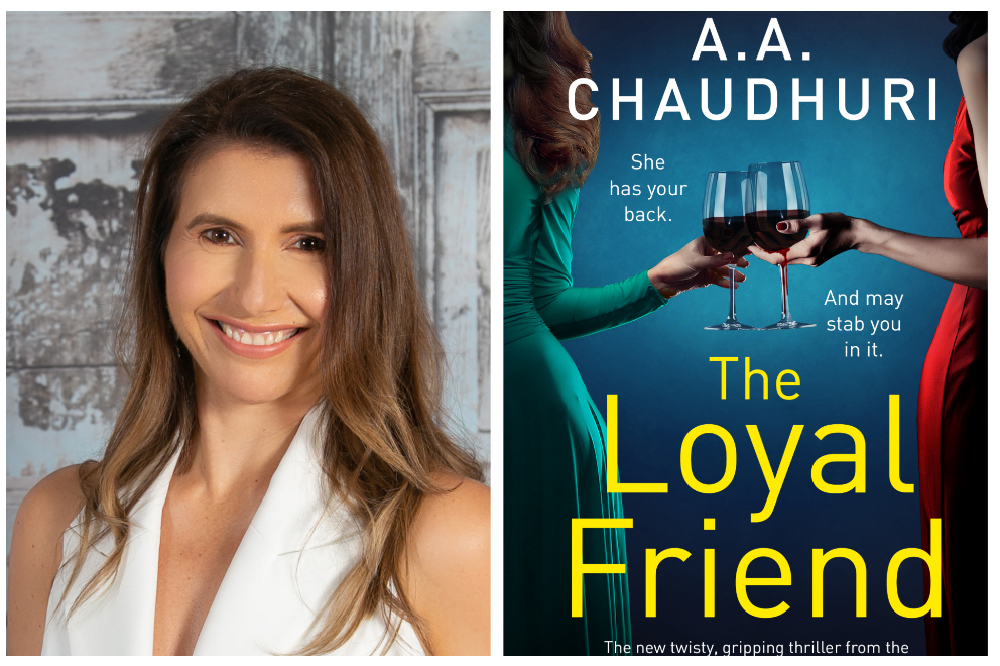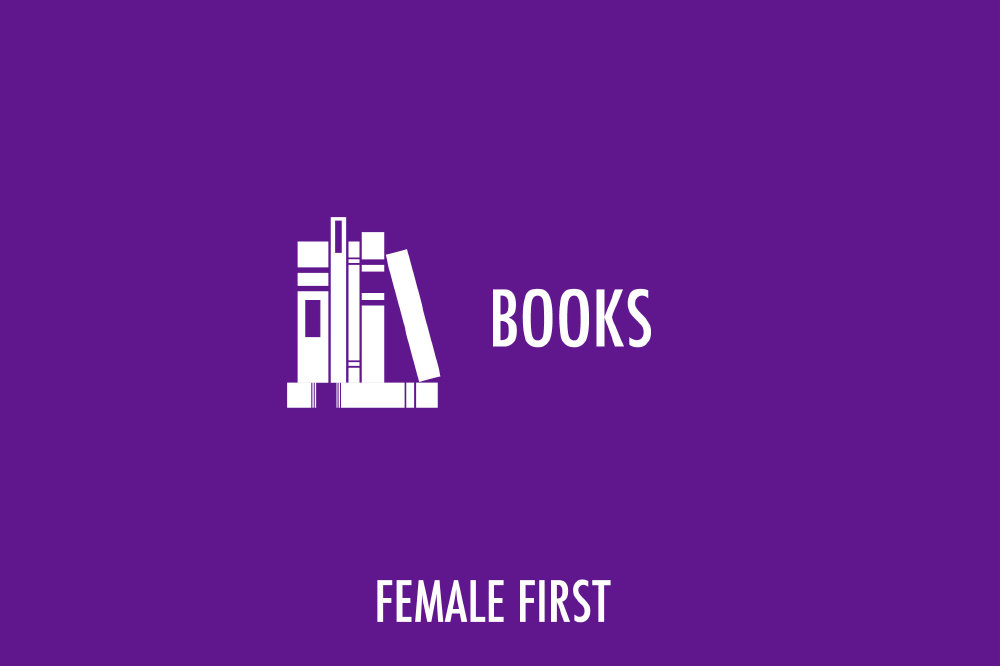I adore psychological thrillers. I guess it was blockbusters like Gone Girl that got me hooked on this genre. I love the way they delve into the human mind, analysing the mindsets and motivations of key characters – what makes them tick and behave in the way they do, often leading them to do the most terrible things. For me, this psychological analysis can often make for a more chilling read than, say, the straightforward depiction of a murder because, as fallible human beings none of us are immune to treading a dark path and falling prey to the less salubrious traits of human nature, therefore making it such a relatable genre that sucks you in and keeps you turning the pages well into the night.

A A Chaudhuri, The Loyal Friend
Last year my first psychological thriller – She’s Mine – was published with Hera Books and I am now looking forward to the release of my second – The Loyal Friend. Both are written in the first-person present tense and from multiple perspectives, but this format is by no means a prerequisite. Whether you choose to write a single or multiple person narrative, in the first or third person, present or past, here are my top tips for writing a captivating psychological thriller:
1. An unreliable narrator(s). At the core of any great psychological thriller is a flawed character/characters. Not knowing whether you can trust the person telling the story - perhaps because they suffer from an addiction or disorder or have a shady past - adds to the suspense and sense of intrigue.
2. Threat. What’s happened to make the narrator (s) feel on edge? For this, you need to get inside their heads and make sure the reader can feel their tension and sense of foreboding. Do this through use of the senses and figurative language, and make sure you relay what’s at stake for the character and how this might affect their behaviour.
3. Great characterisation. It’s vital that readers understand what makes a specific character tick, thereby distinguishing them from others in the story. Think to yourself – would I recognise that character without their name being at the top of the chapter? For me, a character doesn’t necessarily have to be likeable, but it’s essential they draw you in and hold your interest.
4. Relatable characters and themes. Both my books have themes of motherhood, grief and family dysfunction sewn into them, while the latest also touches on the pressures on women to have it all. These are issues that affect people on a global scale, meaning the reader will care about and be able to empathise and connect with them. None of my characters are perfect, because people in the real world aren’t perfect.
5. Some backstory is essential to understand what is motivating the character (s) in the present. OK, so we don’t want too much telling over showing, but we need some explanation of past events to give depth to the character and put things in context.
6. Conflict. To maintain suspense and that sense of unease you need conflict between the key characters, played out through conversation and a character’s thoughts. Why do they resent another character in the book? What’s motivating them to feel this way, and can their judgment be trusted?
7. Relevancy. Each character and scene must be relevant to the story in moving it along and maintaining pace. There is no point having multiple characters if they don’t serve a purpose in the storyline.
8. Tight and methodical plotting is key, making sure everything adds up at the end and hopefully in such a way that will leave the reader open-mouthed. This is why painstaking editing is essential to make sure nothing is overlooked.
9. A great opening scene that hooks you from the get-go making you want to read on and solve the mystery. But all the time the reader is turning the pages you want to throw in curveballs that make them backtrack and change their minds.
10. A twist. Both my books have multiple twists. Although by no means essential, I feel a good twist is part of what makes this genre so compelling, i.e., being able to ‘shock’ the reader. Likewise, adding cliff-hangers at the end of each chapter is crucial to keeping readers on the edge of their seat.
Bigger and better ideas, twists and turns will often occur to me as I write, and that’s partly what makes thriller writing so exciting. So, my best advice is to start writing with your basic premise/ characters while keeping the above advice in mind, and let your imagination run wild. Remember, there are no limits to the lengths your characters may go to and that’s also what makes this genre such a fun, thrilling one to write!


